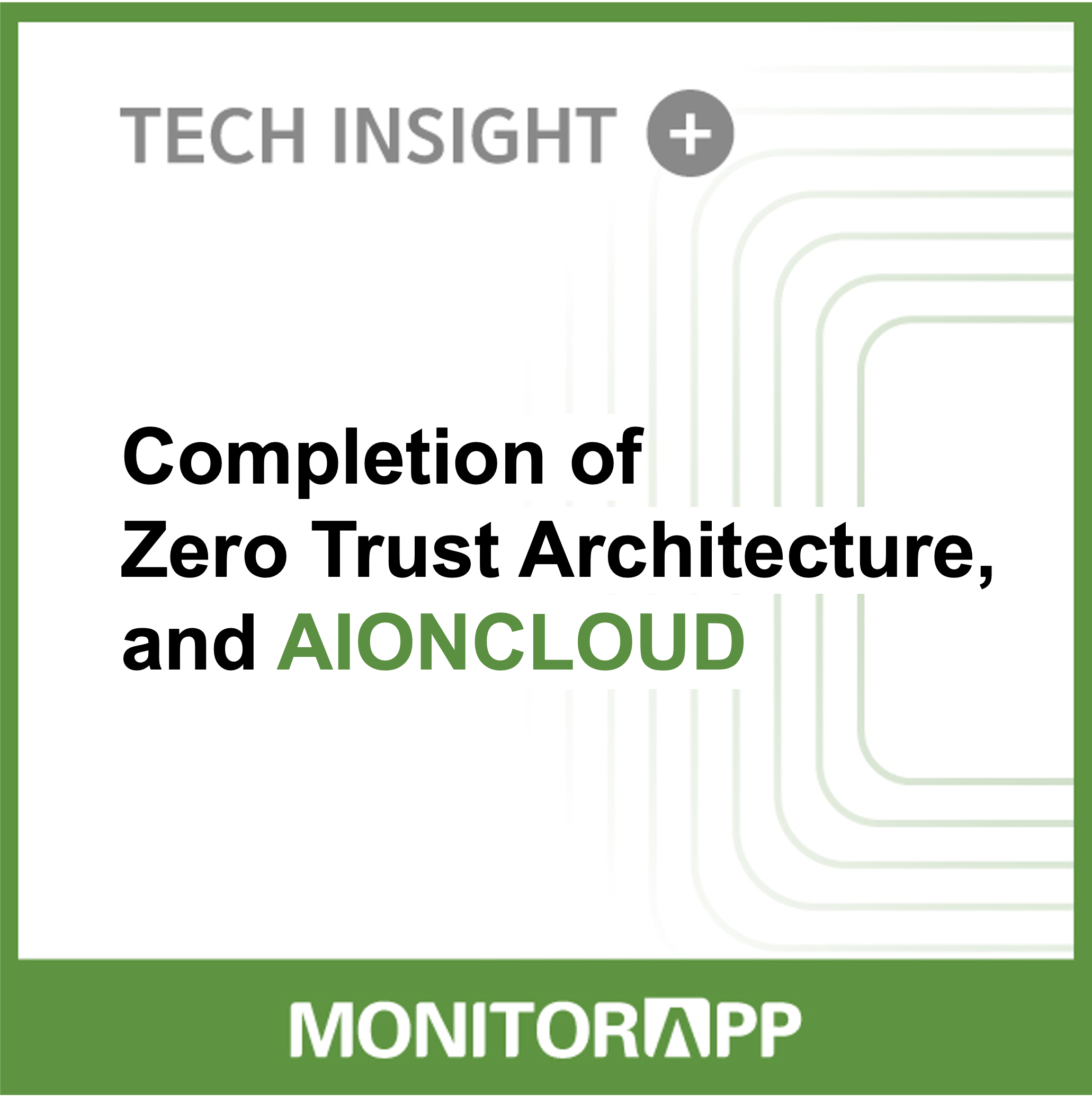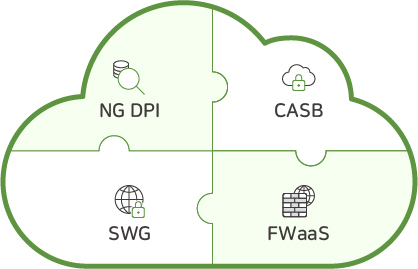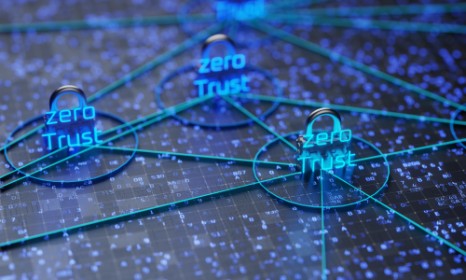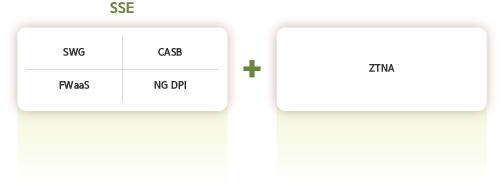


SSE (Security Service Edge)
SSE (Security Service Edge) - a concept first presented by Gartner in 2021 - is an integrated security service based on edge computing that ensures secure access to the web, SaaS applications, and private applications.
With the emergence of various work environments, users are accessing business applications and data directly from the cloud from everywhere.
As a result, existing security boundaries are blurred, and security functions also have to be moved to the cloud.
SSE was created out of this need, enabling organizations to apply consistent security in the cloud and securely access distributed data centers and SaaS applications.
This means that secure Internet access can be provided anywhere in the world, regardless of the location of users, applications, or devices.
SSE include SWG, CASB, FWaaS, and NG DPI

SWG(Secure Web Gateway), prevents the leakage of key information within the company by controlling interemployees’ access to unnecessary non-business sites and blocking malware infections caused by clicking on malicious files or advertisements.
CASB(Cloud Access Security Broker), controls shadow IT and prevents data leaks by providing function-specific control and protection for cloud SaaS applications.
FWaaS(Firewall as a Service), a cloud-based firewall.
NG DPI(Next Generation Deep Packet Inspection), analyzes the content inside packets and provides visibility and filtering of network applications and protocols.



ZTNA (Zero Trust Network Access)
ZTNA is a remote secure access solution that implements the Zero Trust security principle which basically does not trust users and devices, and verifies them until they are proven trustworthy.
Unlike VPNs, which grant connected users broad access to the corporate network, ZTNA verifies users and grants access to specific applications based on identity and context policies.
ZTNA allows users to access applications without being connected to the organization network.
This allows you to minimize the external exposure of your infrastructure, thereby reducing risks to your network.
It is also easy to manage through a centralized management portal with granular controls.
This means you can view all user and application activity in real-time and create access policies for user groups or individual users.
Moreover, since ZTNA is not connected to the network, it can segment access to individual applications without the need to perform complex network segmentation.

The Completion of Zero Trust Architecture
The U.S. National Institute of Standards and Technology (NIST) defines ‘Zero Trust Architecture (ZTA)’ as follows.
‘Zero Trust Architecture’ (ZTA) is an enterprise’s cybersecurity plan that utilizes zero trust concepts and encompasses component relationships, workflow planning, and access policies.
In other words, ‘Zero Trust’ is a security model that ensures that verified subjects have minimum privileges when accessing verified objects.
And ‘Zero Trust Architecture’ is a complete set of structures, methodologies, and policies to implement Zero Trust in companies.
In order to implement a Zero-trust architecture, improved identity governance, micro-segmentation, and software-defined perimeter (SDP) techniques are typically required.
However, the most important thing is that we must improve the ‘architecture’ with a zero trust approach, rather than just adding zero trust-related ‘solutions’.
So what security solutions are needed to implement 'Zero Trust Architecture'?

The answer is the SSE platform and ZTNA mentioned above.
The SSE platform, which includes solutions such as SWG, CASB, and FWaaS, helps users and organizations securely access external internet and SaaS applications, while ZTNA helps them securely access corporate networks and internal applications such as data centers and the cloud.
In other words, users are guaranteed safe access from anywhere in the world, regardless of the device they use or the location of the internal/external application they want to access.

AIONCLOUD SIA(Secure Internet Access) & SRA(Secure Remote Access)

AIONCLOUD SIA is MONITORAPP's SSE platform that guarantees safe Internet access for users and organizations through a cloud-based security service.
Regardless of the location of users, applications, or devices, you can be assured of safety when accessing the Internet, including external applications, from anywhere in the world.
[AIONCLOUD Secure Ineternet Access]

AIONCLOUD SRA is MONITORAPP's ZTNA solution for secure access to corporate networks and private internal applications.
SRA grants users minimal privileges and verifies users and devices each time they access a cataloged enterprise application.
In addition, convenience is increased by connecting users directly to the company's private application, and by using a connector (AIConnector), users can be safely protected from external threats.
[AIONCLOUD Secure Remote Access]
AIONCLOUD is a ‘Zero Trust Native’ security service.
To practically implement ‘Zero Trust Architecture’, multiple solutions must perform their respective roles well and form a complementary relationship.
In this respect, vendors who claim zero trust and provide cloud security services only offer ZTNA solutions, and few vendors provide both the SSE platform and ZTNA in a balanced manner.
As we enter the transition period to the cloud, experience the true ‘zero trust architecture’ that provides a safe network environment even in a distributed work environment with AIONCLOUD!


